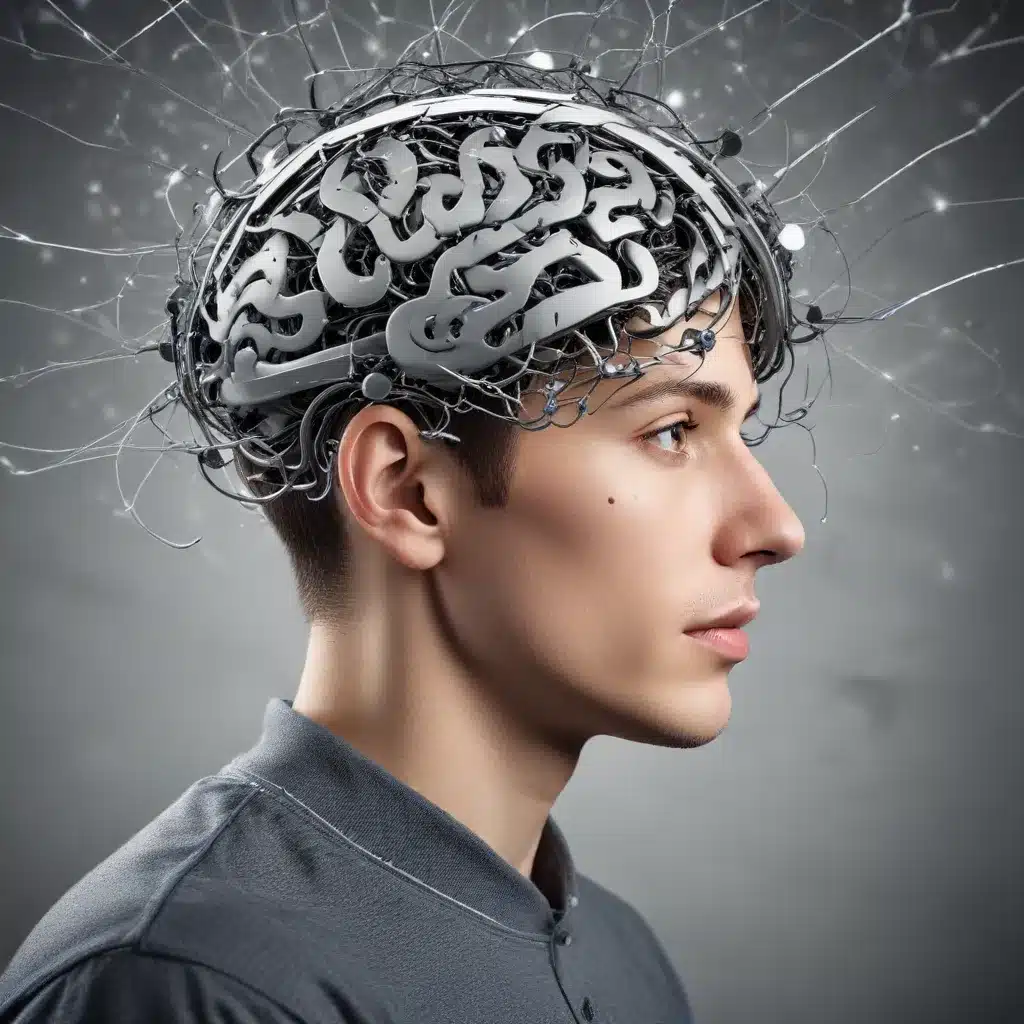
Understanding Cognitive Load Theory and Its Relevance to Education
In the ever-evolving landscape of education, the thoughtful integration of Cognitive Load Theory (CLT) holds immense potential for enhancing student learning experiences. CLT, developed by John Sweller, provides valuable insights into how the human cognitive architecture, with its limited working memory and vast long-term memory, can be effectively leveraged to optimize information processing and promote deeper understanding.
At the heart of CLT lies the recognition that learners have a finite capacity for processing new information. Effective instructional design must consider these cognitive limitations to avoid overwhelming the learner’s working memory, which can hinder learning efficiency and retention. CLT identifies three key types of cognitive load:
- Intrinsic Load: The inherent complexity of the content being learned, which is determined by the nature of the material and the learner’s prior knowledge.
- Extraneous Load: The unnecessary cognitive effort imposed by poorly designed instructional materials or irrelevant information, which can interfere with the learning process.
- Germane Load: The cognitive effort dedicated to the construction and automation of mental schemas (structured clusters of information), which supports deeper understanding and learning.
By understanding and managing these three types of cognitive load, educators can create learning environments that maximize the efficiency of information processing and facilitate the transfer of knowledge from short-term to long-term memory.
Aligning AI Solutions with Cognitive Load Theory in Education
The integration of Artificial Intelligence (AI) in education offers unprecedented opportunities to enhance learning experiences. However, to fully harness the benefits of AI, it is crucial to align these solutions with established educational frameworks, such as Cognitive Load Theory.
AI-driven adaptive learning platforms, for instance, can customize learning paths for individual students, ensuring that each learner receives instruction tailored to their specific needs and abilities. This personalization helps to manage intrinsic load by presenting content at an appropriate level of complexity, while reducing extraneous load by minimizing distractions and irrelevant information.
Intelligent tutoring systems and real-time feedback mechanisms can also leverage CLT principles to optimize cognitive load. These systems can present information in manageable chunks, provide instant feedback, and guide students through complex problem-solving, thereby enhancing learning efficiency.
Furthermore, AI-powered assessment tools can offer instant, personalized feedback to students, highlighting areas for improvement and guiding them towards a deeper understanding of the material. This reduces the cognitive burden associated with traditional assessment methods and fosters a learning environment that aligns with CLT principles.
Addressing Challenges and Harnessing Opportunities
While the potential of Cognitive Load Theory in education is undeniable, several challenges must be addressed to ensure its effective implementation and integration with AI-driven solutions.
One of the key challenges is data privacy and ethics. Ensuring that AI solutions comply with data privacy regulations and ethical standards is crucial, as student data must be protected while being used to enhance learning experiences. Transparent data handling practices and clear communication about data usage are essential to build trust and acceptance among educators and parents.
Another challenge is ensuring equity and accessibility. AI tools must be designed to be accessible to all learners, including those with disabilities, and should address the diverse needs of students across different socio-economic backgrounds. Equitable access to technology is paramount for the success of AI-driven educational solutions.
To harness the full potential of Cognitive Load Theory and AI in education, a collaborative approach involving educators, researchers, policymakers, and technology developers is necessary. By fostering this collaboration, schools can create learning environments that optimally manage cognitive load, leveraging the power of AI to personalize instruction, provide timely feedback, and support student learning.
Empowering Students through Cognitive Load Theory and AI
At Stanley Park High School, we are committed to providing our students with the best possible learning experiences. By aligning our educational practices with the principles of Cognitive Load Theory and integrating AI-driven solutions, we aim to empower our students to achieve their full potential.
Our school has already begun to explore the benefits of AI-powered adaptive learning platforms, which customize instructional content and learning paths based on each student’s unique needs and abilities. By managing intrinsic load and reducing extraneous cognitive demands, these platforms help our students stay engaged and motivated, leading to improved learning outcomes.
Moreover, we are exploring the integration of intelligent tutoring systems and real-time feedback mechanisms to guide our students through complex topics, providing them with the support they need to construct meaningful knowledge. This approach, grounded in Cognitive Load Theory, ensures that our students can focus on the essential information and effectively transfer knowledge to their long-term memory.
As we continue to evolve our educational practices, we remain committed to addressing the challenges of data privacy, ethical concerns, and accessibility. By collaborating with experts in the field and embracing the latest technological advancements, we are confident that we can create a learning environment that truly empowers our students to excel academically and beyond.
Conclusion
Harnessing the benefits of Cognitive Load Theory and aligning it with AI-driven educational solutions hold immense promise for transforming the learning experiences of students at Stanley Park High School. By managing cognitive load, personalizing instruction, and providing timely feedback, we can foster an environment that supports students in achieving their academic and personal goals.
As we continue to explore and implement these innovative approaches, we remain committed to addressing the challenges and seizing the opportunities that arise. By working collaboratively and embracing the power of technology, we are confident that our students will thrive and develop the skills and knowledge necessary to navigate the ever-evolving landscape of education and beyond.

